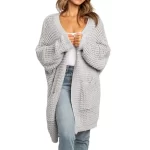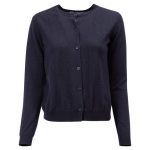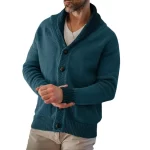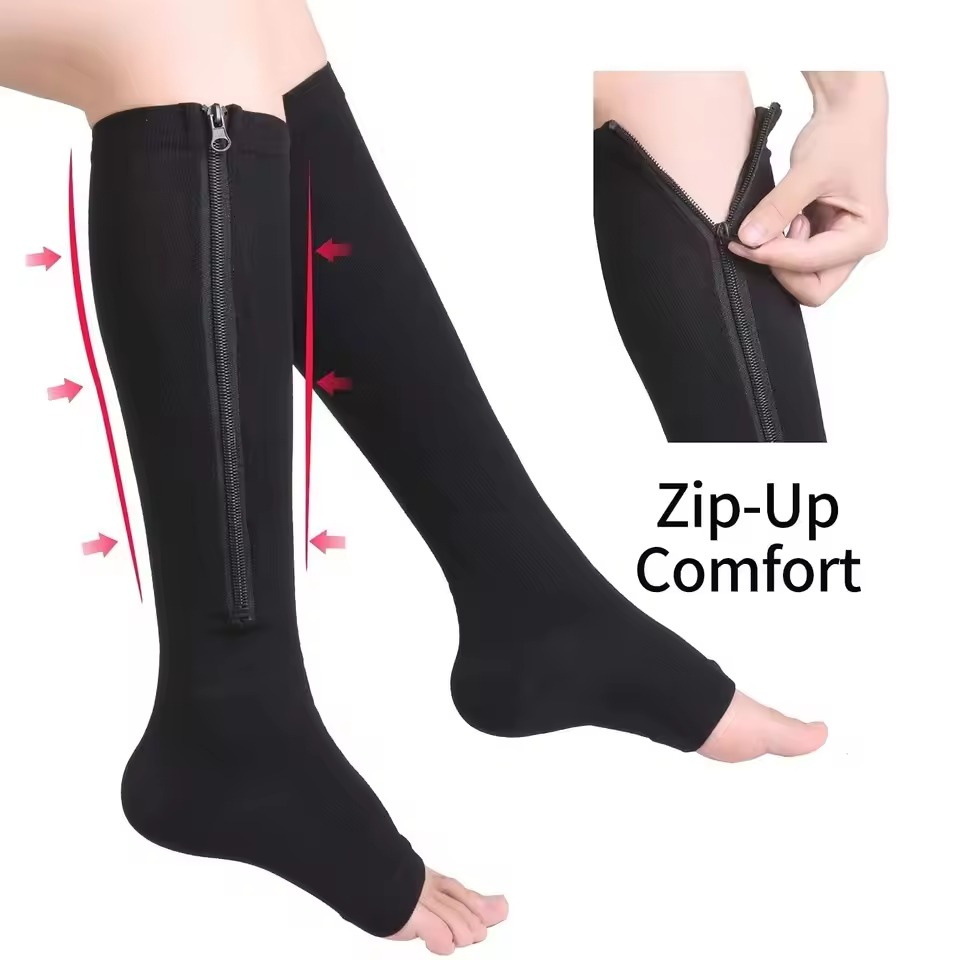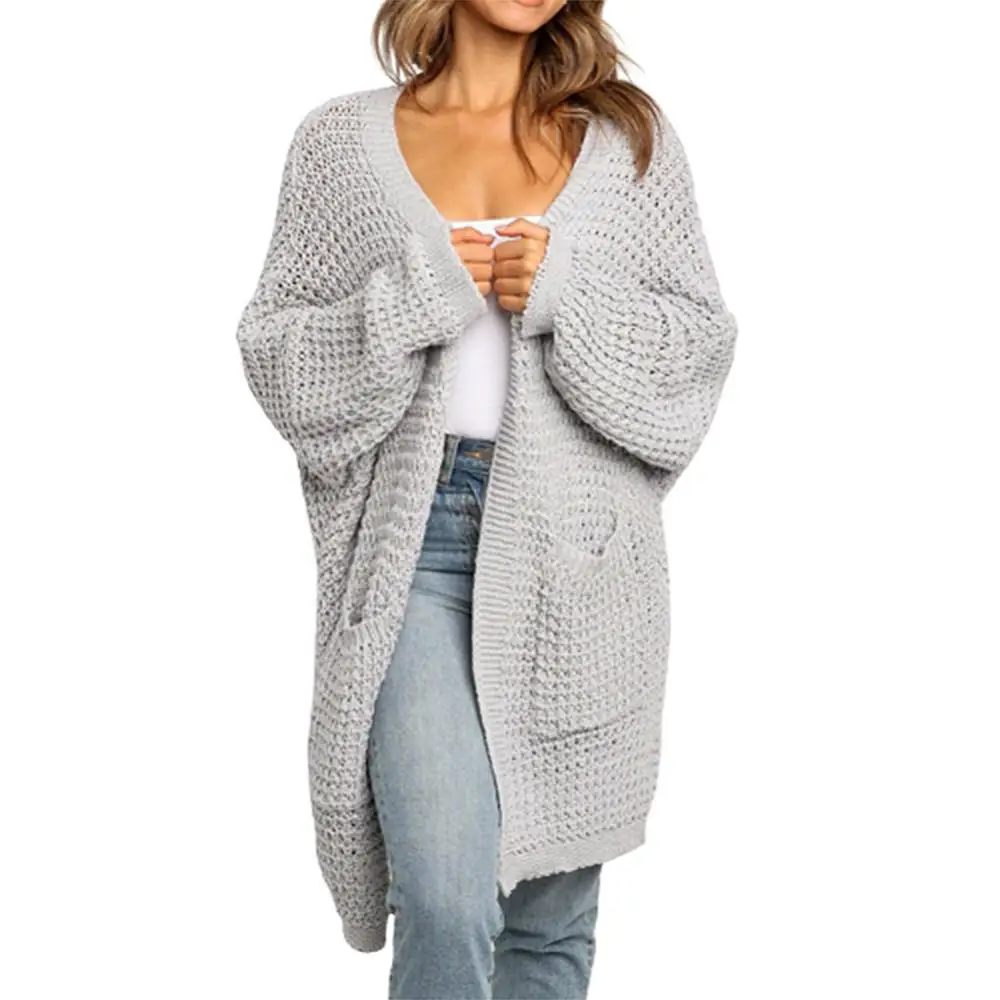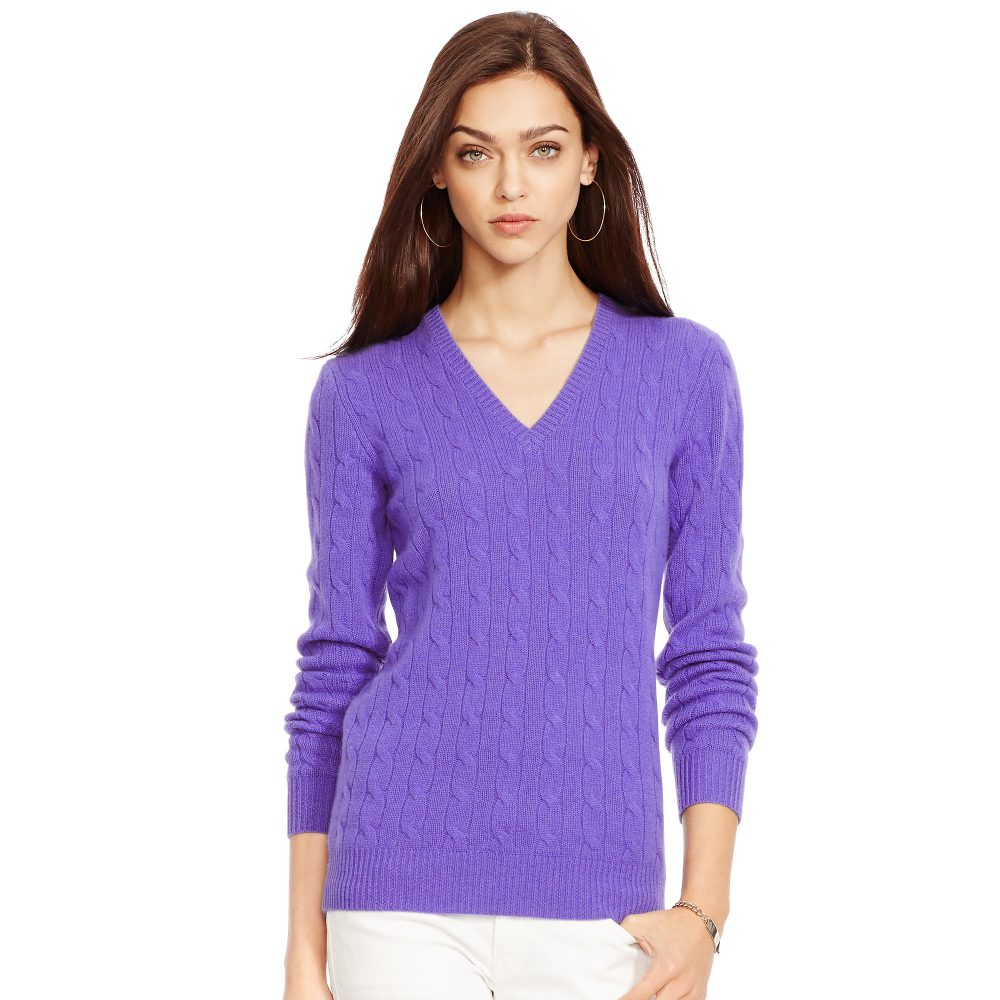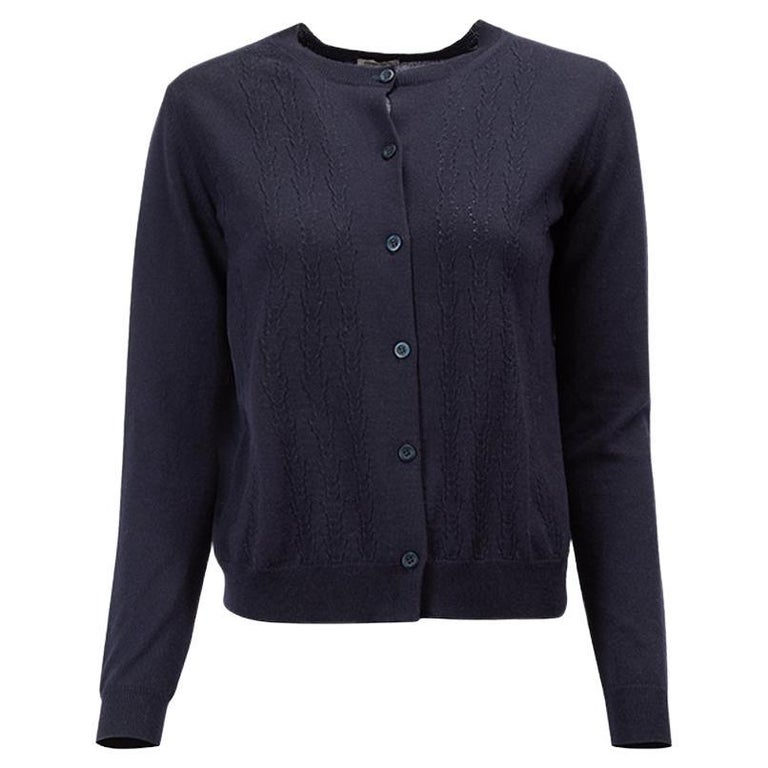Introduction to Compression Socks
Compression socks apply pressure to your legs and feet. This pressure improves your blood flow, reduces swelling, and can prevent circulatory issues. Conditions like deep vein thrombosis, varicose veins, and lymphedema may be managed with compression socks. Medical experts recommend them for certain circulatory problems.
These specialized socks compress your leg veins and muscles. This action helps push blood back towards the heart. Many people use compression stockings daily to help with poor circulation, edema, and chronic venous insufficiency.
It’s natural to wonder about wearing compression sock for extended periods, including bedtime. People often ask, ‘can you sleep in compression socks?’ The answer isn’t simple—it depends on individual needs and health conditions. But before making the decision, it’s crucial to understand how compression socks work and their benefits.
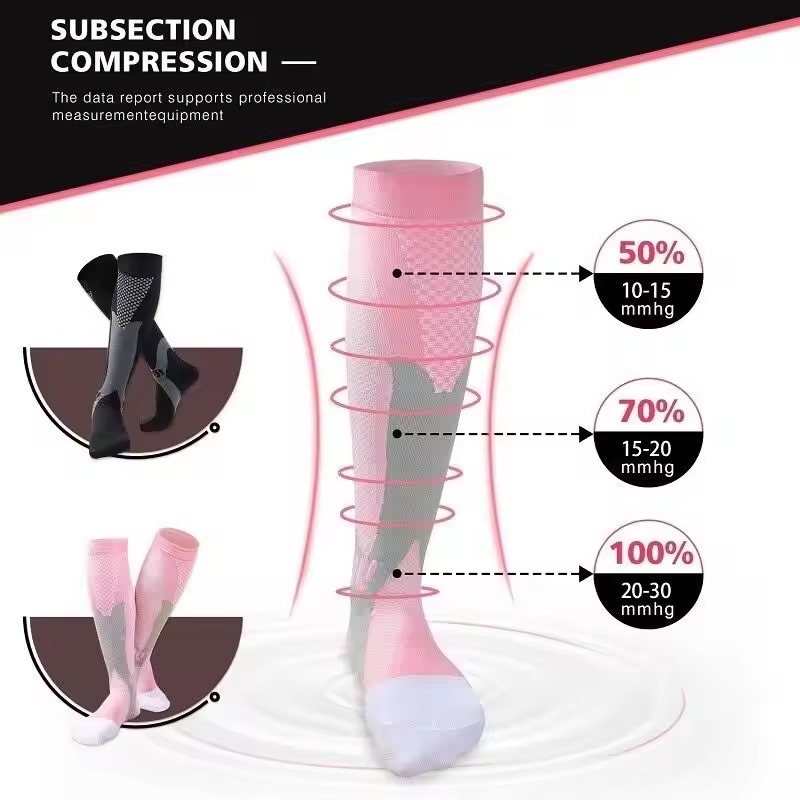
Potential Benefits of Wearing Compression Socks Overnight
Sleeping in compression socks may offer several health advantages. Though not everyone needs to wear them at night, certain groups might find benefits.
Circulatory Benefits and Venous Health
Wearing compression sock overnight can boost circulation. This can aid in preventing blood clots and improve venous health. It’s often beneficial for those with poor circulation.
Managing Edema and Reducing Swelling
For those who experience leg swelling, compression socks at night can help. They reduce the pooling of fluids, known as edema, which is common in the legs and ankles.
Assisting With Varicose Vein Symptoms
Compression sock can support the veins. They alleviate discomfort from varicose veins. This can be especially helpful during sleep when symptoms might feel worse.
Medical Considerations and When to Consult Professionals
Before adding compression socks to your bedtime routine, consulting a healthcare expert is key. They can advise on whether the benefits apply to your specific condition.
Conditions That May Benefit From Overnight Compression
Certain conditions may see improvements with overnight compression. This includes those with poor leg circulation, frequent leg swelling, and varicose veins. However, always check with your doctor first.
Precautions and Contraindications
There are some risks. For example, if socks are too tight, they might harm circulation instead of helping it. People with certain skin conditions or allergies to the sock material should also avoid wearing them without talking to their doctor.
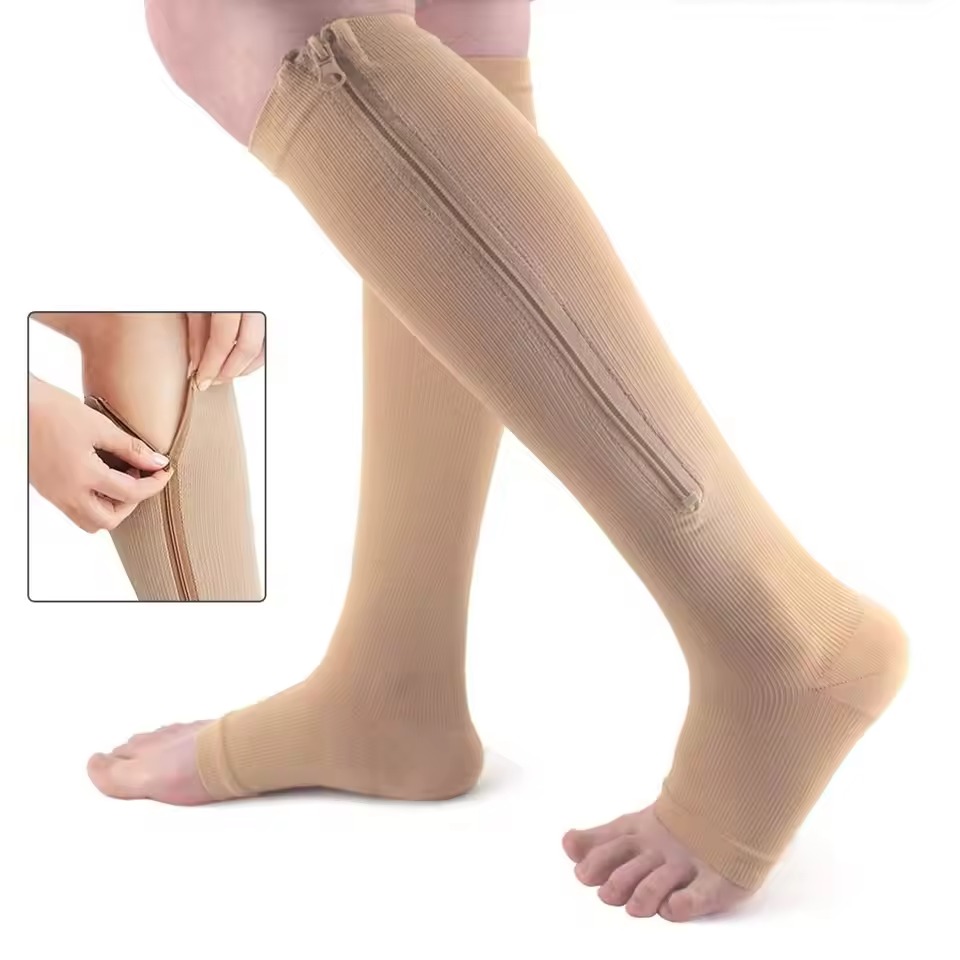
Misconceptions About Sleeping in Compression Socks
Many people have questions and doubts about the use of compression socks during sleep. We’ll address common misconceptions and provide clear advice to ensure safe and beneficial use of compression sock at night.
Compression Levels and Risks of Wearing Incorrectly
Selecting the correct level of compression in your socks is critical. Wearing socks with too much or too little pressure can cause issues. Too tight, and they hinder circulation; too loose, and they don’t provide benefits. It’s essential to get measured and consult with a professional for the right fit. Follow these steps to avoid risks:
- Consult with a medical expert before using compression socks.
- Have your legs measured for the right size.
- Avoid wearing socks that leave marks or cause pain.
Remember, proper compression aids blood flow while incorrect use can do harm.
The Role of Gravity in Compression Needs
Gravity affects how blood flows in our bodies. When we stand, gravity pulls down, and compression socks help counter this effect. At night, lying flat reduces gravity’s impact on circulation. That’s why wearing compression sock at night may not be as necessary for some. Consider these points about gravity and compression:
- Gravity’s pull is less when you’re horizontal.
- Compression sock during the day combat gravity’s effects.
- Nighttime may allow a break from compression for some people.
Yet, some conditions may benefit from night use. Always talk to a healthcare provider to make an informed choice. They can guide whether sleeping in compression socks is right for you.
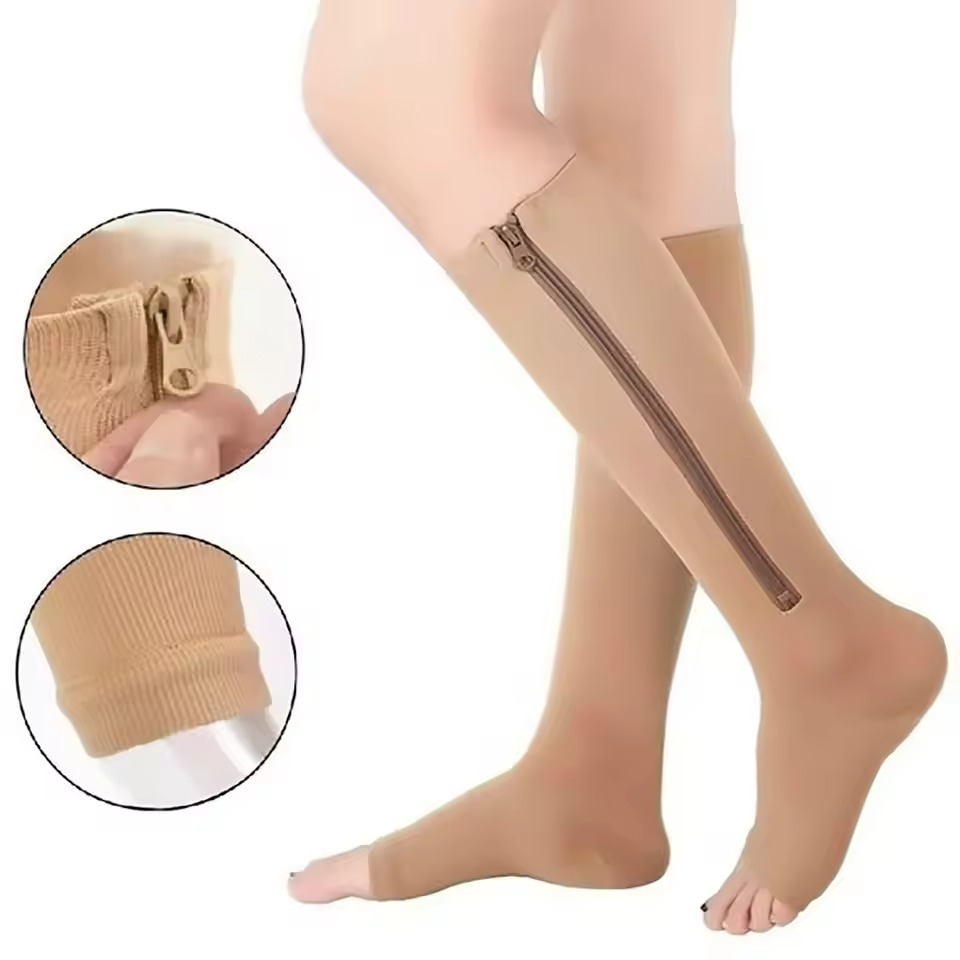
Selecting the Right Compression Socks for Sleep
Choosing compression socks for sleep should be done with care. Graduated compression is essential, as it provides varying levels of pressure. Socks for night use often have lower compression, which may be more comfortable for prolonged wear.
Understanding Graduated Compression
Graduated compression socks offer varying pressure levels. They have higher pressure at the ankles and less as they go up. This design matches the body’s natural circulation. By aiding blood flow from the legs to the heart, they can prevent fluid buildup. This process is important for those standing or sitting long during the day.
Graduated socks are great for sleep, as they support natural healing at night. They may reduce the risk of blood clots during periods of inactivity. Yet, a healthcare provider should always be consulted for their recommendations.
Features of Socks Designed for Night Use
Socks meant for night have specific traits for your comfort. They have lighter compression, making them ideal for overnight wear. Nighttime socks provide enough pressure to aid circulation without being too tight.
Look for socks with moisture-wicking materials to keep skin dry. Antimicrobial features prevent bacterial growth. Socks should fit well but not leave marks or cause pain. If discomfort occurs, remove them and seek advice from your healthcare provider. Always choose socks based on personal health conditions and comfort level.
Practical Tips for Safe Usage and Maintenance
Ensuring safe and effective use of compression sock, mainly if worn overnight, involves proper fitting, sizing, and maintenance. Follow these practical tips to maximize the benefits.
Proper Fitting and Sizing
Choosing the right size for your compression socks is crucial. Here’s how:
- Get measured by a professional to find the right fit.
- Check for socks that compress firmly but do not dig into your skin.
- Your socks should stay in place without slipping or bunching up.
- Avoid socks that leave marks or cause discomfort.
A good fit promotes better blood flow and reduces risks.
Caring for Your Compression Socks
To keep your compression socks in top condition and your skin healthy:
- Wash socks after each use to remove moisture and bacteria.
- Follow washing instructions to preserve elasticity.
- Air dry socks, as heat can damage the material.
- Rotate between pairs to ensure dryness and prolong life span.
Taking care of your compression sock will help maintain their benefits.
Alternatives and Complementary Practices for Venous Issues
While compression socks are beneficial, other practices can also help with venous issues.
Elevating Legs
Raising your legs can reduce swelling and improve blood flow. Do this several times a day, especially after long periods of standing or sitting.
Other Medical Interventions
Sometimes, more than just compression socks or elevating legs is needed. Other treatments include:
- Varicose vein surgery for severe cases.
- Sclerotherapy, a procedure to close off veins.
- Laser therapy, using light to fade veins.
Remember to consult your doctor before starting any new treatment for venous issues. Combining these methods with compression socks often results in better overall leg health.
Conclusion: Balancing Comfort and Health Benefits
Wrapping it up, wearing compression socks during sleep is a matter of personal health and comfort. If your doctor suggests it, and they fit well, they might help. But they’re not for everyone. Sleeping without them is okay too, especially if they’re not comfy for you. Care is key. Keep them clean, dry, and in good shape. Try different ways to keep your legs healthy. Talk to your doctor, listen to your own body, and decide what’s best for you.

